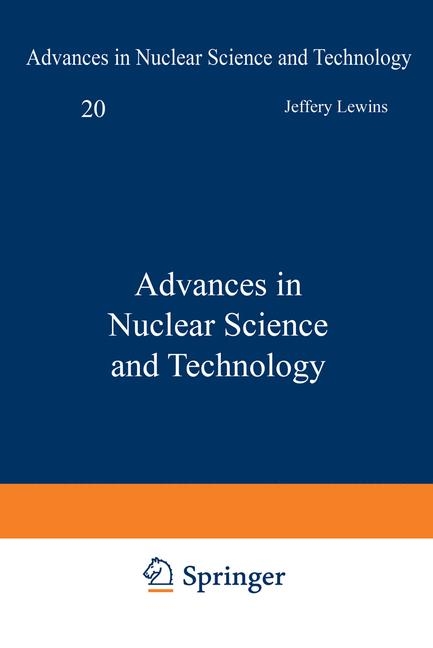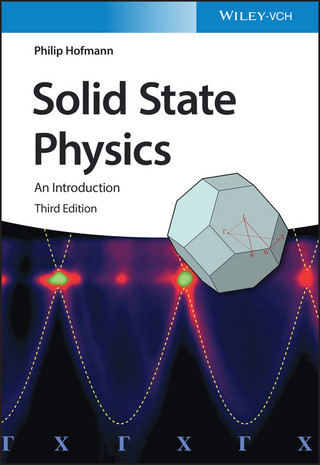
Advances in Nuclear Science and Technology
Springer-Verlag New York Inc.
978-1-4613-9927-8 (ISBN)
- Titel wird leider nicht erscheinen
- Artikel merken
The Three-Dimensional Time and Volume Averaged Conservation Equations of Two-Phase Flow.- I. Introduction.- II. Spatial Averaging.- III. Conservation Equations.- IV. Time-Averaging.- V. Interfacial Jump Conditions.- VI. Transformed Equations.- VII. Closure and Constitutive Equations.- VIII. One-Dimensional Conservation Equations.- IX. System Classification.- X. Drift-Flux Techniques.- XI. Mixture Models.- References.- Nomenclature.- Light Water Reactor Fuel Cycle Optimization: Theory Versus Practice.- I. Introduction.- II. LWR Fuel Cycle Optimization Theory.- III. LWR Core Reload Design Practice.- IV. Theory Versus Practice.- References.- The Integral Fast Reactor.- I. Introduction.- II. Design Goals for the Next Generation Nuclear Power.- III. Passive Inherent Safety.- IV. Fuel Cycle Closure.- V. Plant Capital Cost.- VI. Operability and Reliability.- VII. Technology Development Status.- VIII. Future Development Path.- References.- Indoor Radon.- I. Introduction.- II. Terminology of the Radon Problem.- III. Radon Sources, Measurements, and Levels.- IV. Lung Dosimetry Models.- V. Risk Estimation Methods.- VI. Cancer Rates and Radon Exposure.- VII. Comparison of Radon Doses with Doses From Other Sources.- VIII. Summary and Discussion.- References.
| Erscheinungsdatum | 19.12.2018 |
|---|---|
| Reihe/Serie | Advances in Nuclear Science & Technology ; 20 |
| Zusatzinfo | 7 Illustrations, black and white; XIII, 227 p. 7 illus. |
| Verlagsort | New York, NY |
| Sprache | englisch |
| Maße | 152 x 229 mm |
| Themenwelt | Naturwissenschaften ► Physik / Astronomie ► Atom- / Kern- / Molekularphysik |
| Technik ► Elektrotechnik / Energietechnik | |
| Schlagworte | Behavior • Cancer • Chernobyl • classification • constitutive equation • Cyclin • Development • dosimetry • Nomenclature • Phase • Plant • Plutonium • System • Two-phase flow • Water |
| ISBN-10 | 1-4613-9927-0 / 1461399270 |
| ISBN-13 | 978-1-4613-9927-8 / 9781461399278 |
| Zustand | Neuware |
| Haben Sie eine Frage zum Produkt? |
aus dem Bereich


